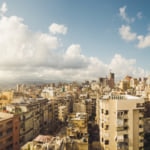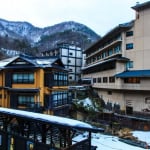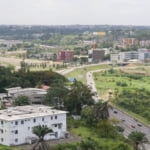For e5489 reservations:
*In the Tokyo area, tickets can be collected at JR ticket machines or JR Central ticket offices (Shin-Yokohama, Odawara, Atami, Shimosoga, and Matsuda stations).
For JR East’s "Eki-net":
As of June 2024, only Nobinobi Seat reservations are available. Tickets can be purchased one month in advance at 10:00 AM.
![[Go to Shikoku and Sanin while you sleep!] What is Japan’s last sleeper express train, the Sunrise Seto/Izumo? Prices and special offers!](https://skyticket.com/guide/wp-content/uploads/2025/03/7cf23896a33774f76ca995439bdf9589-1200x675.jpg)
[Go to Shikoku and Sanin while you sleep!] What is Japan’s last sleeper express train, the Sunrise Seto/Izumo? Prices and special offers!
Just like in the old song that mentions a "night train departing from Ueno," night trains used to be a familiar part of travel for many people in Japan. However, with the rise of high-speed buses and airplanes, the only regularly operating night train left today is the one we are introducing in this article: the "Sunrise Seto/Izumo."
The Sunrise Seto and Sunrise Izumo depart from and arrive at Tokyo Station. They are coupled together until Okayama Station, where they split—Sunrise Seto continues to Takamatsu, while Sunrise Izumo heads to Izumo City.
This train is actually quite popular not only among railway enthusiasts but also among women traveling to the Izumo Taisha Shrine. In particular, it is well known that securing a sleeper ticket for the Sunrise Izumo can be quite difficult.
Unlike conventional sleeper trains, the Sunrise Seto/Izumo features a casual interior design. Most cars consist of private sleeper compartments, ensuring privacy for passengers.
In this article, we will introduce the basic information about the Sunrise Seto/Izumo and recommend ways to make the most of this unique train journey.
*The fares, charges, and schedules mentioned in this article are as of June 2024.
table of contents
[x] close
[Go to Shikoku and Sanin while you sleep!] What is Japan’s last sleeper express train, the Sunrise Seto/Izumo? Prices and special offers!
- Stations where the Sunrise Seto/Izumo Stops
- ▼How to calculate fares for the Sunrise Seto/Izumo
- Sunrise Seto/Izumo Interior Part 1: Single Deluxe
- Sunrise Seto/Izumo Interior Part 2: Private Compartments for Two – Sunrise Twin and Single Twin
- Sunrise Seto/Izumo Interior Part 3: Private Compartments for One – Single and Solo
- Sunrise Seto/Izumo Interior Part 4: Nobinobi Seats – No Sleeper Fee Required!
- Sunrise Seto/Izumo Interior Part 5: Lounge Cars, Shower Rooms, and Vending Machines
- Save money with the Sunrise Seto/Izumo! Use the "Round-Trip Discount" to Himeji♪
- Arrive at Hiroshima station early in the morning with the Sunrise Seto/Izumo!
- Stay in Osaka until the last moment with the Sunrise Seto/Izumo
- How to purchase sleeper tickets
- Enjoy your trip to Izumo and Shikoku!
Stations where the Sunrise Seto/Izumo Stops
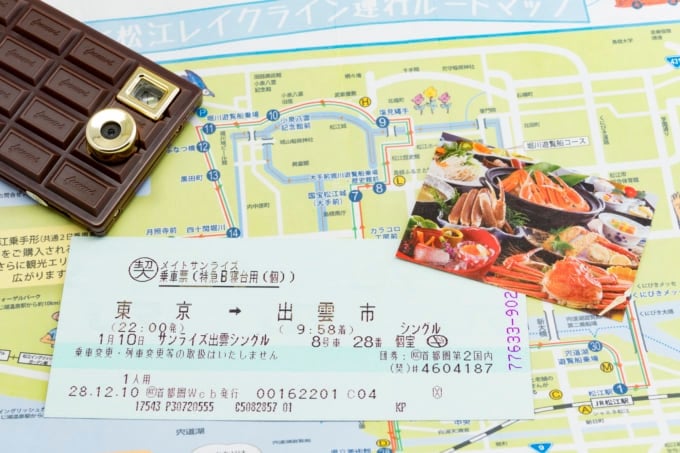
The Sunrise Seto/Izumo departs from Tokyo Station at 22:00 (as of August 2020) and stops at Yokohama, Atami, Numazu, Fuji, Shizuoka, and Hamamatsu. After leaving Hamamatsu, the train makes occasional stops for crew changes, but passengers cannot board or disembark at these stations.
The following morning, the train first stops at Himeji, then arrives at Okayama, where it splits into the Sunrise Seto and the Sunrise Izumo, which continue separately to their respective destinations.
For the return journey to Tokyo, in addition to the above-mentioned stations, the train also stops at Sannomiya and Osaka. However, the return train does not stop at Hamamatsu.
◆ Stations where the Sunrise Seto stops after Okayama

After departing Okayama, the train stops at Kojima, Sakaide, and finally Takamatsu. Additionally, on weekends and holidays, some southbound trains extend service to Kotohira, stopping at Tadotsu and Zentsuji along the way. During these extended operations, the train passes through Sakaide and Takamatsu twice, and the fare and limited express charge for this segment are adjusted accordingly.
In the past, the train also extended service to Matsuyama, but this is no longer available.
◆ Stations where the Sunrise Izumo stops after Okayama

After leaving Okayama, the train stops at Kurashiki, Bitchū-Takahashi, Niimi, Yonago, Yasugi, Matsue, Shinji, and finally Izumo City.
During peak travel seasons such as Obon and New Year's holidays, additional special trains, Sunrise Izumo 91 and 92, may operate alongside the regular Sunrise Izumo service. These special trains have different stopping patterns, such as the 91 train (southbound) stopping at Osaka and Sannomiya.
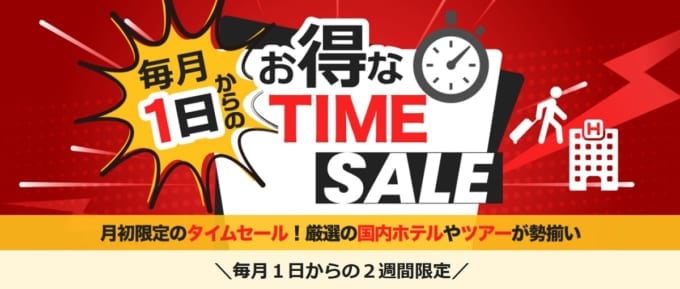
▼How to calculate fares for the Sunrise Seto/Izumo
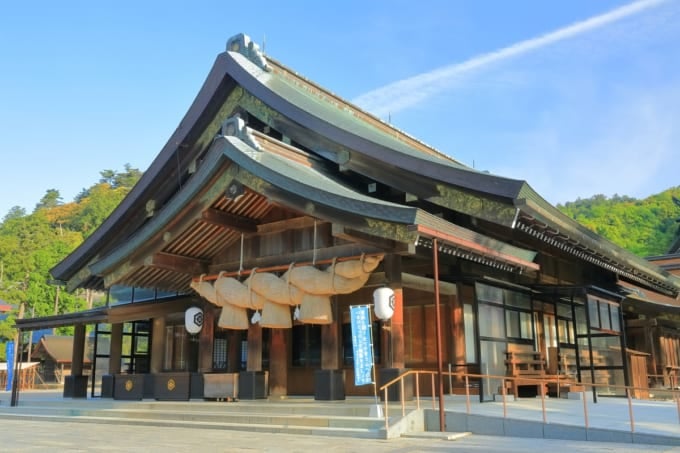
In addition to the base fare (boarding ticket), passengers must pay a limited express surcharge (limited express ticket). This pricing structure is similar to that of regular limited express trains, but sleeper tickets (sleeper surcharge) must also be purchased, making the total fare:
Base fare + Limited express surcharge (for reserved seats) + Sleeper surcharge
For example, for a trip from Tokyo to Izumo City in a Single room, the total cost is ¥23,210 (Base fare: ¥12,210 + Limited express surcharge: ¥3,300 + Sleeper surcharge: ¥7,700).
However, as mentioned later, the Nobinobi Seat does not require a sleeper surcharge. Passengers can ride by paying only the base fare and the reserved-seat limited express surcharge. (For example, from Tokyo to Izumo City, the total fare is ¥16,040, consisting of Base fare: ¥12,210 + Limited express surcharge: ¥3,830 + Reserved seat fee: ¥530.)
A discount is available for round trips, which will be explained later.
Sunrise Seto/Izumo Interior Part 1: Single Deluxe
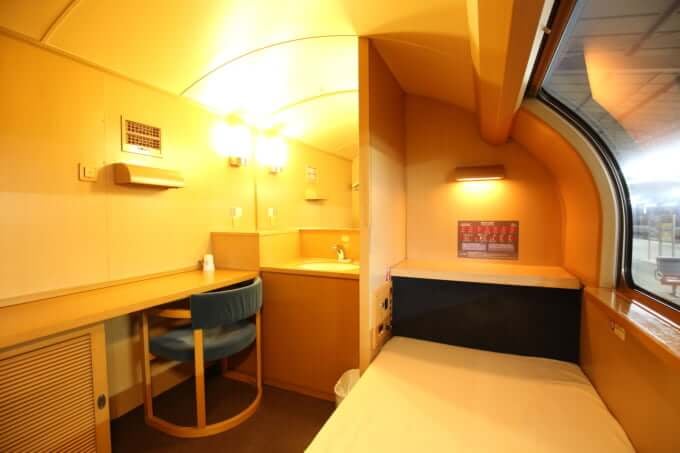
The interior of the Sunrise Seto/Izumo is divided into several categories.
The most luxurious option is the Single Deluxe, with six rooms available on each train (Seto and Izumo). Compared to other sleeper compartments, it offers a more premium experience, featuring amenities such as a chair, table, and sink.
Passengers using the Single Deluxe also have access to a dedicated shower room, designed to minimize congestion and overlap with other passengers. Complimentary amenities are provided, and travelers can enjoy an exclusive shower facility separate from those used by B-class sleeper passengers.
The sleeper surcharge for a Single Deluxe is ¥13,980, making it one of the more expensive options, but it offers a truly luxurious experience.
Sunrise Seto/Izumo Interior Part 2: Private Compartments for Two – Sunrise Twin and Single Twin
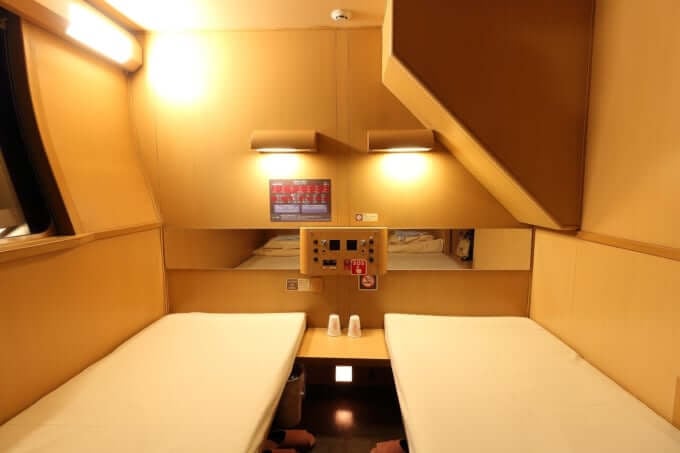
These are the most difficult rooms to book on the Sunrise Seto/Izumo. Each train (Seto and Izumo) has only four Sunrise Twin rooms, designed for two passengers. They offer a spacious layout, with a total sleeper surcharge of ¥15,400 per room.
※ One child per adult can share the bed, allowing for a maximum of two adults and two children per room.
◆ Single Twin
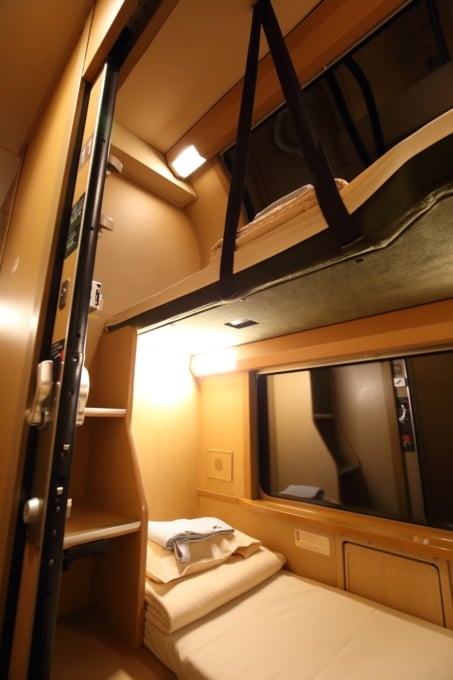
The Single Twin can be used by either one or two people. The second passenger sleeps on an upper bunk. Each train (Seto and Izumo) has eight Single Twin rooms. The sleeper surcharge for a Single Twin is ¥9,600, with an additional ¥5,500 fee for the second person’s bunk.
Sunrise Seto/Izumo Interior Part 3: Private Compartments for One – Single and Solo

Many travelers may wonder whether to choose a Single or a Solo private compartment. There are 80 Single compartments on both the Seto and Izumo, while the Solo compartments total only 20 per train. The primary difference is the room size—Single compartments are slightly more spacious and offer some luggage storage space. The sleeper surcharge is ¥7,700.
On the other hand, Solo compartments mainly provide just enough space to sleep, with little room for luggage. However, the Solo compartment is slightly cheaper, with a sleeper surcharge of ¥6,600, which is ¥1,100 less than a Single.
Sunrise Seto/Izumo Interior Part 4: Nobinobi Seats – No Sleeper Fee Required!

Although most of the Sunrise Seto/Izumo consists of private compartments, the Nobinobi Seat is the only non-private option. It can be used with just a base fare and a reserved seat limited express surcharge—no sleeper surcharge is required.
Each train (Seto and Izumo) has 28 Nobinobi Seats, which are carpeted areas where passengers can lie down. However, there are limited power outlets—only one at each end of the car and one in the middle—so charging devices like smartphones may be difficult.
While Nobinobi Seats offer less privacy, they provide a chance to meet fellow travelers, capturing the nostalgic charm of older sleeper trains. They are also ideal for short-distance trips where a full sleeper compartment may not be necessary.
Sunrise Seto/Izumo Interior Part 5: Lounge Cars, Shower Rooms, and Vending Machines

The Sunrise Seto/Izumo includes a lounge car, where passengers can eat bento meals or enjoy conversations. There are vending machines offering tea, cola, coffee, and water, but no food or alcohol is sold onboard. It is recommended to buy food before boarding or during the long stop at Okayama Station. Also, remember to be quiet late at night!
There is also a shower room available, in addition to the exclusive one for Single Deluxe passengers. Other sleeper passengers can purchase shower cards from a vending machine, but availability is limited, so it’s best to buy one early.
Save money with the Sunrise Seto/Izumo! Use the "Round-Trip Discount" to Himeji♪
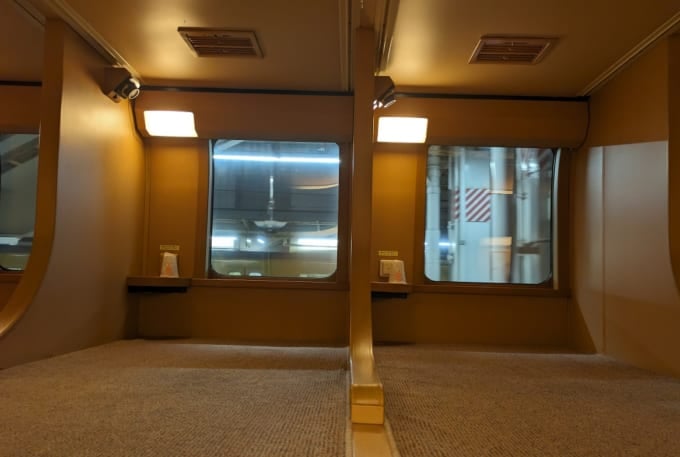
If you board the train at Tokyo Station, you can use the round-trip discount, which applies to journeys over 600 km, reducing the base fare by 10%. For example, the distance from Tokyo or Yokohama to Himeji is 644.3 km, meaning that the one-way base fare is ¥10,010, but with the discount, the round-trip fare is:
¥10,010 × 0.9 = ¥9,000 (rounded down from ¥9,009) × 2 = ¥18,000
However, the limited express surcharge, sleeper surcharge, and reserved seat fees are not discounted. So, if traveling round-trip in a Nobinobi Seat, the cost is:
Base fare ¥18,000 + Round-trip limited express & reserved seat fees ¥7,660 = ¥25,060
Arrive at Hiroshima station early in the morning with the Sunrise Seto/Izumo!
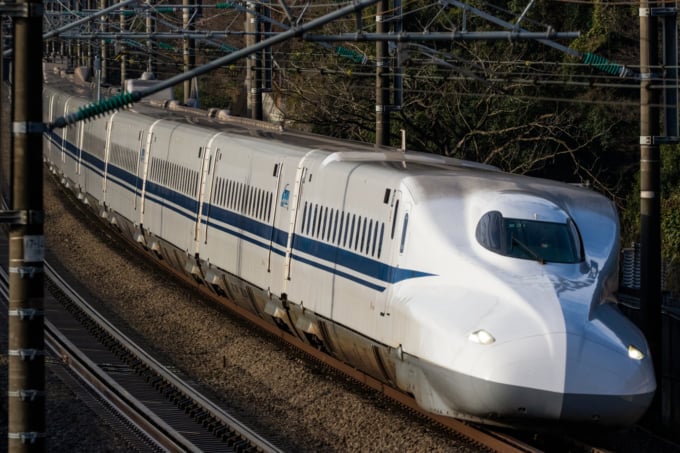
For southbound trips, taking the Sunrise Seto/Izumo to Himeji Station and then transferring to the Mizuho 601 train allows passengers to arrive at Hiroshima Station before 7:30 AM.
Stay in Osaka until the last moment with the Sunrise Seto/Izumo
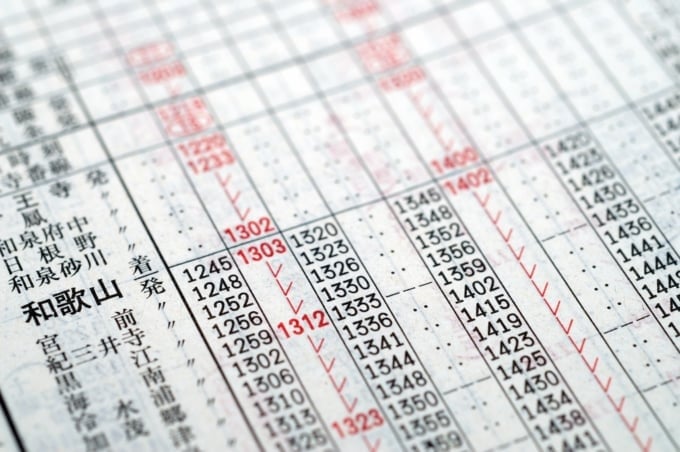
The Sunrise Seto/Izumo (northbound) is unique because it stops at Osaka Station, departing at 00:34, later than any night bus heading for Tokyo. Many business travelers board the train from Osaka. The train arrives in Tokyo at 07:08 AM.
How to purchase sleeper tickets
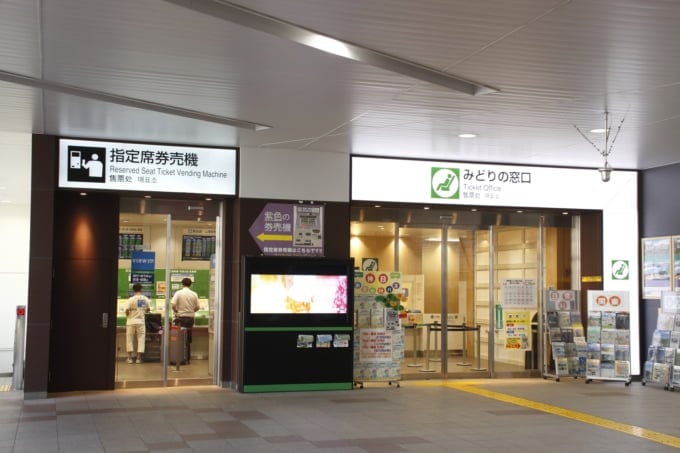
Sleeper tickets can mainly be purchased at JR station ticket counters (Midori no Madoguchi or JR Central’s "JR All Line Ticket Office"). They can also be reserved online through JR West’s "e5489" system.
For Sunrise Izumo, sleeper tickets often sell out on the first day of sales (one month in advance) during peak seasons, so early booking is essential. If it’s sold out, try checking 10 days before departure when group reservations may be canceled, or three days before departure, when passengers cancel to receive a higher refund.
◆ Other Important Notes
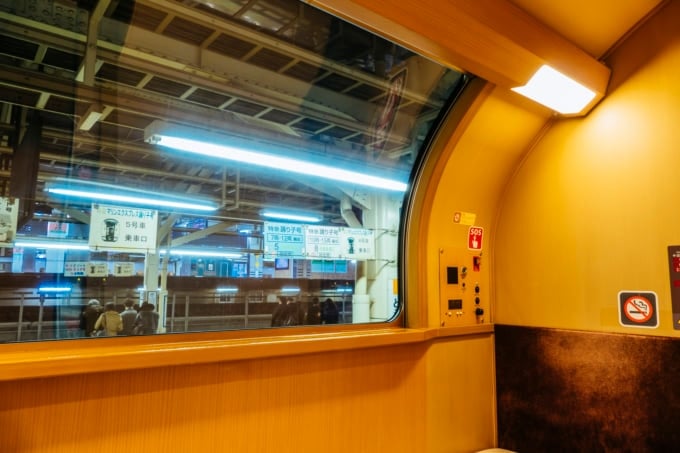
When a child shares a sleeper with an adult, special attention is needed. The adult must have a base fare ticket, a limited express ticket, and a sleeper ticket, while the child must have their own base fare ticket and limited express ticket. However, if the child is sharing the bed, a sleeper ticket is not required for them.
Additionally, for stations where the train stops after midnight—such as Shizuoka, Hamamatsu (southbound only), Sannomiya (northbound only), and Osaka (northbound only)—passengers must ensure that their limited express ticket and sleeper ticket indicate the correct travel date after midnight.
For passengers boarding at these stations, tickets can be purchased exceptionally one month and one day in advance.
Enjoy your trip to Izumo and Shikoku!
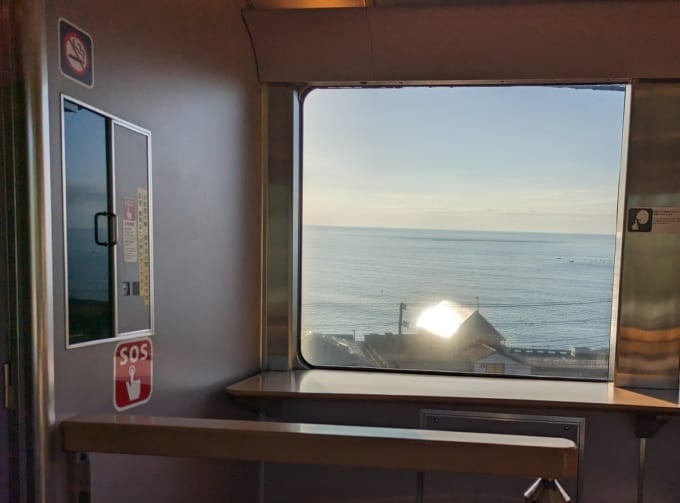
With many sleeper trains disappearing in recent years, the Sunrise Seto and Sunrise Izumo have survived because they remain competitive with night buses and flights in terms of both travel time and cost—especially for trips to San'in and Shikoku.
For hotel bookings in the San'in region or Shikoku, consider using skyticket.
Also, be sure to check out skyticket’s travel guides for Izumo and other destinations. While gazing out at the passing scenery is enjoyable, skyticket’s travel guides can be a great way to pass the time onboard.
Skyticket wishes you a wonderful journey!
RELATED ARTICLES
REGIONS
CATEGORIES
FEATURED ON Japan
-
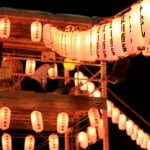
Not Just Fireworks! Introducing 3 Popular Festivals Around Kitasenju
-
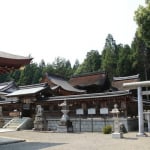
5 Must-See Tourist Spots in Ryūō Town – Deeply Historical Sites That Even History Buffs Will Love!
-
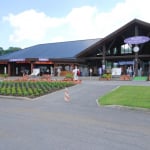
Full of Sweet and Delicious Local Specialties! 4 Popular Souvenirs You Can Buy in Numata City, Gunma Prefecture
-
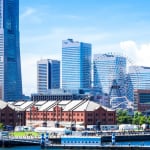
What is Yokohama Sea Bass?|Introducing Fares and Sightseeing Routes!
-

Where will you go for the summer vacation? Introducing recommended spots for domestic travel
MOST POPULAR ON Japan
-
 1
1Doha: Must-see Attractions in the Capital of Qatar
-
 2
2Toronto: 10 Things to do in this Picturesque Canadian City
-
 3
3Amarillo: A City Famous for It’s Amazing Canyons, Great History and Music
-
 4
4South Korea: Dazzling Scenery, Rich Culture and Fascinating History
-
 5
5Kuwait: A Country in Middle East Asia Famous for Hot Sand Dunes and Stunning Cityscape


